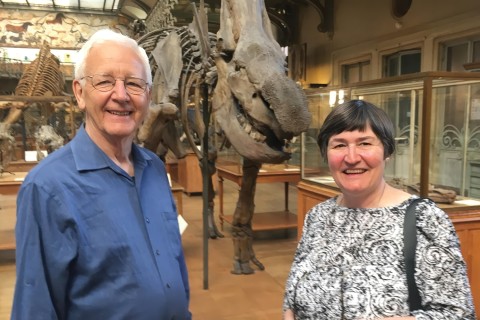The new black theology: Retrieving ancient sources to challenge racism

Read Edward Antonio's review of Brian Bantum's Redeeming Mulatto (subscription required)
A couple years ago, when the Century asked some leading theologians to name five "essential theology books of the past 25 years," J. Kameron Carter's Race: A Theological Account (Oxford University Press, 2008) was one of the few books mentioned more than once and the only one that was published in the past five years. Last year, the American Academy of Religion gave its Award for Excellence in the Study of Religion to Willie J. Jennings's The Christian Imagination: Theology and the Origins of Race (Yale University Press, 2010). These two influential works, together with Redeeming Mulatto: A Theology of Race and Christian Hybridity (Baylor University Press, 2010), by Brian Bantum (who studied at Duke with both Carter and Jennings), represent a major theological shift that will—if taken as seriously as it deserves—change the face not only of black theology but theology as a whole.
What is revolutionary about these three black theologians is that they rely heavily on dogmatic texts from the patristic period to the Reformation. Why is this novel? Because nonwhite male theologians have historically been hesitant to trust these sources—and for good reason. In the worst of times, classic theological texts have been used to oppress persons of color and women. In the best of times, the overwhelming attention given these particular voices obscured other voices, giving the impression that the only Christians speaking and writing about God for the last 2,000 years were European men. Those who did not fit that description simply did not know how to relate to a tradition that claimed to speak for but did not reflect them.



